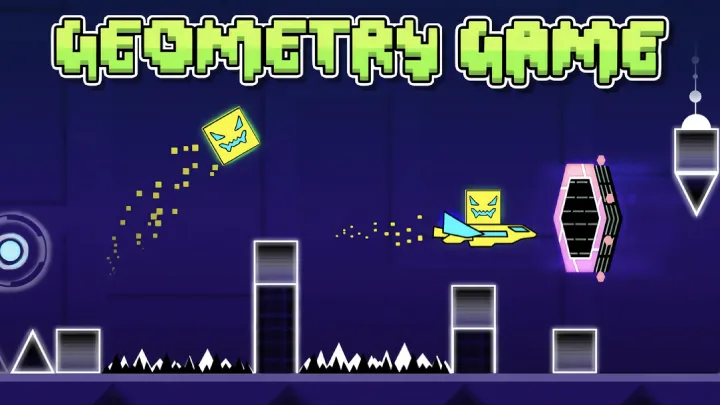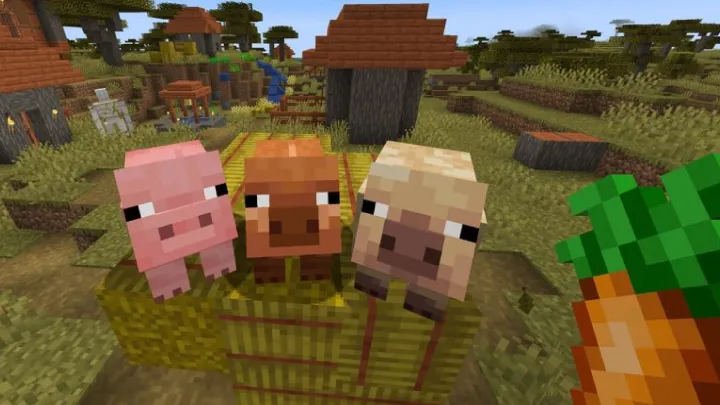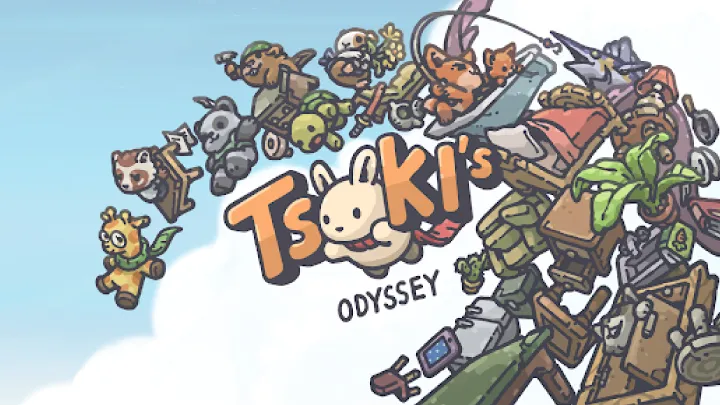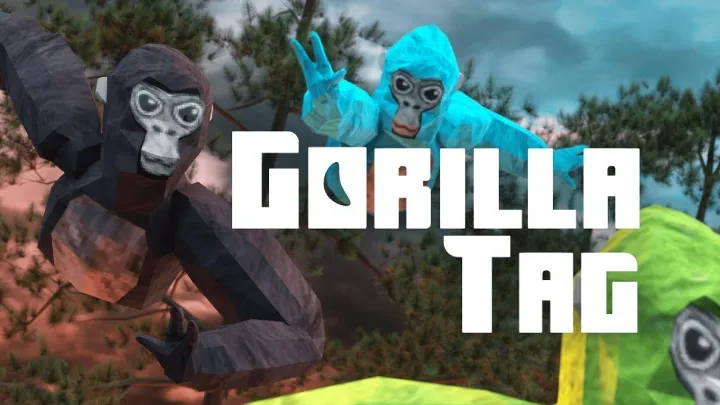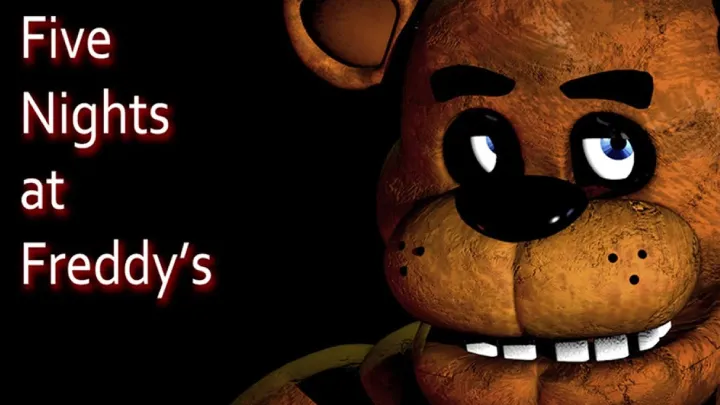Five Nights at the Teddy is an indie horror game that combines elements of survival, strategy, and psychological thriller, set in a chilling environment filled with animatronic teddy bears. Developed by a small team of indie developers, the game has gained popularity for its engaging gameplay, immersive atmosphere, and unique take on the horror genre. This article provides an in-depth look at the game, exploring its development history, core gameplay mechanics, narrative structure, visual and auditory design, community engagement, and its impact on the gaming landscape.
Development History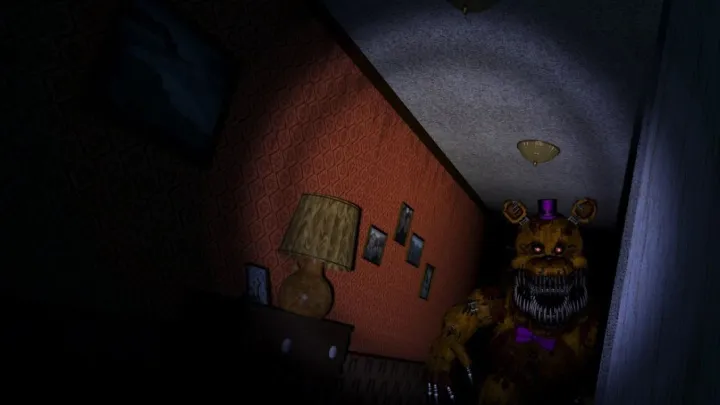
Conceptualization
The idea for Five Nights at the Teddy originated from a desire to create a horror experience that diverges from traditional horror themes. The developers aimed to craft a game that would evoke fear through the juxtaposition of childhood innocence, represented by teddy bears, with the horror of animatronic creatures coming to life. The team sought to create an interactive experience that would challenge players both strategically and psychologically.
Early Development
Development began in 2020, with the team focusing on creating a captivating narrative and engaging gameplay mechanics. The developers utilized feedback from early playtests to refine the game’s mechanics and improve its horror elements. The team wanted to ensure that the game not only provided scares but also encouraged players to think critically about their strategies.
Release and Reception
Five Nights at the Teddy was officially released in late 2021 and quickly garnered attention within the indie gaming community. Players praised the game for its unique premise, immersive atmosphere, and effective use of sound and visuals to create tension. The game’s popularity led to a growing fanbase, inspiring discussions, fan art, and theories about the game’s narrative.
Gameplay Mechanics
Core Gameplay Loop
The core gameplay loop of Five Nights at the Teddy revolves around survival and strategy:
- Survival Mechanics: Players take on the role of a night guard tasked with monitoring a toy store filled with animatronic teddy bears. The primary objective is to survive five nights while managing limited resources and avoiding the animatronics.
- Resource Management: Players must carefully manage their power supply, as using lights and cameras consumes energy. The challenge lies in balancing the use of surveillance with the need to conserve power for critical moments.
- Strategy and Planning: Players must develop strategies to anticipate the movements of the animatronics. Observing their patterns and making quick decisions are crucial for survival.
Monitoring System
The monitoring system is a key feature of the gameplay:
- Cameras: Players have access to a series of cameras that allow them to observe different areas of the toy store. Maintaining awareness of the animatronics’ locations is essential for planning movements and actions.
- Limited Visibility: The game employs a limited field of vision, adding to the tension. Players must rely on the cameras and sound cues to stay informed about the animatronics' movements.
Animatronic Behavior
The animatronics play a central role in the gameplay:
- Unique Behaviors: Each animatronic has distinct behaviors and patterns, requiring players to adapt their strategies accordingly. Some may move quickly, while others may take a more methodical approach.
- Jump Scares: The game utilizes jump scares effectively, heightening the sense of fear and urgency. Players must remain vigilant to avoid being caught off guard.
Narrative Structure
Story Overview
The narrative of Five Nights at the Teddy unfolds gradually as players progress through the nights. Set in a seemingly innocent toy store, the story reveals a darker undercurrent involving the animatronics and their sinister origins. Players learn about the history of the store and the fate of previous night guards, creating a sense of foreboding.
Themes and Motifs
The game explores several key themes:
- Childhood Innocence vs. Horror: The juxtaposition of cuddly teddy bears and their terrifying animatronic forms highlights the theme of corrupted innocence. This tension serves as a foundation for the game’s horror elements.
- Fear of the Unknown: The game employs psychological horror techniques, playing on players’ fears of the unknown and the unpredictability of the animatronics’ behavior.
- Isolation: The setting of the toy store, combined with the solitary role of the night guard, reinforces themes of isolation and vulnerability.
Lore and Backstory
The lore is intricately woven into the gameplay:
- Hidden Secrets: As players progress, they uncover hidden notes and clues that reveal the dark history of the toy store and its animatronics. These elements encourage exploration and deepen the narrative experience.
- Character Development: The backstory of the previous night guards and their encounters with the animatronics adds emotional depth to the narrative, allowing players to connect with the characters.
Visual Design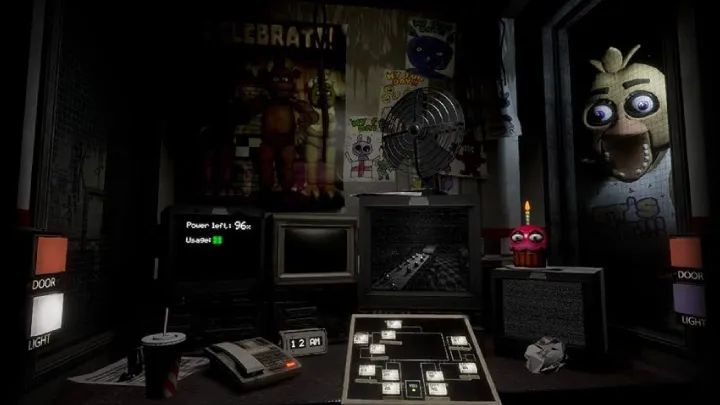
Art Style
The visual design of Five Nights at the Teddy is both captivating and unsettling:
- Stylized Graphics: The game features a stylized art style that blends cartoonish elements with horror aesthetics. This contrast enhances the unsettling atmosphere, making the animatronics appear both charming and menacing.
- Detailed Environments: The toy store is intricately designed, with vibrant colors and playful decorations that mask the underlying horror. The attention to detail creates an immersive experience for players.
Animation and Effects
The animation and visual effects contribute significantly to the overall atmosphere:
- Smooth Animations: Character movements, especially those of the animatronics, are fluid and well-animated, enhancing the tension during encounters.
- Lighting Effects: The use of lighting is critical in creating an eerie atmosphere. Flickering lights and shadows add to the sense of dread, keeping players on edge.
Auditory Design
Soundscapes
The auditory design plays a crucial role in heightening the horror experience:
- Ambient Sounds: The game features a rich soundscape filled with ambient noises, such as creaking floors, distant echoes, and the mechanical sounds of the animatronics. These sounds immerse players in the environment, adding to the tension.
- Dynamic Soundtrack: The soundtrack adapts to the gameplay, with tense music that escalates during critical moments and shifts to a more subdued tone during quieter periods. This dynamic approach enhances the emotional impact of the game.
Voice Acting
While Five Nights at the Teddy does not feature extensive voice acting, sound cues and character recordings enhance the narrative:
- Character Sounds: The use of character voices and sound effects during key moments adds depth to the gameplay experience, allowing players to connect with the story.
Community Engagement
Player Feedback
The developers of Five Nights at the Teddy actively engage with the player community, valuing feedback to inform updates and improvements:
- Community Forums: Players can discuss their experiences, share strategies, and provide suggestions, fostering a sense of collaboration and investment in the game’s development.
- Surveys and Polls: The development team conducts surveys to gather insights on player preferences, guiding future updates and enhancements.
Fan Creations
The game has inspired a vibrant community of fans who create content based on Five Nights at the Teddy:
- Fan Art and Theories: Players share their artistic interpretations and theories about the game’s lore, enriching the community experience and fostering discussions.
- Content Creation: Streamers and YouTubers often showcase their gameplay experiences, attracting new players and generating discussions around the game.
Challenges and Critiques
Technical Issues
As with many indie games, Five Nights at the Teddy has faced some technical challenges:
- Performance Issues: Some players report performance issues, including frame rate drops and loading delays, particularly on lower-end hardware.
- Bugs and Glitches: While developers actively address issues, occasional bugs may disrupt gameplay, impacting the overall experience.
Subjectivity of Horror
The psychological horror genre is inherently subjective, and not all players may resonate with the game’s approach:
- Varied Interpretations: While many players appreciate the psychological elements, some may prefer more traditional horror mechanics, leading to mixed reviews.
Future Prospects
Expansions and Content Updates
The developers are exploring potential expansions and updates to enhance the game:
- New Game Modes: Future content may introduce new gameplay modes, challenges, and mechanics to keep the experience fresh and engaging.
- Expanded Lore: The developers may delve deeper into the game’s lore, adding narrative elements that enrich the overall experience.
Continued Community Interaction
Maintaining strong communication with the player base will remain a priority for the developers:
- Regular Updates: Ongoing updates will address technical issues, introduce new content, and enhance the overall gameplay experience.
- Community Events: The development team may continue to host events, contests, and challenges to foster engagement and excitement among players.
Conclusion
Five Nights at the Teddy stands out as a compelling entry in the indie horror genre, combining immersive gameplay, a rich narrative, and atmospheric design. Its exploration of childhood innocence corrupted by horror resonates with players, prompting them to confront their fears while navigating a chilling world. As the game continues to evolve through community engagement and ongoing updates, it promises to deliver even more haunting experiences for fans of psychological horror. Whether surviving the night against animatronic terrors or unraveling the secrets of the toy store, Five Nights at the Teddy offers a unique and thought-provoking journey into the depths of fear.









